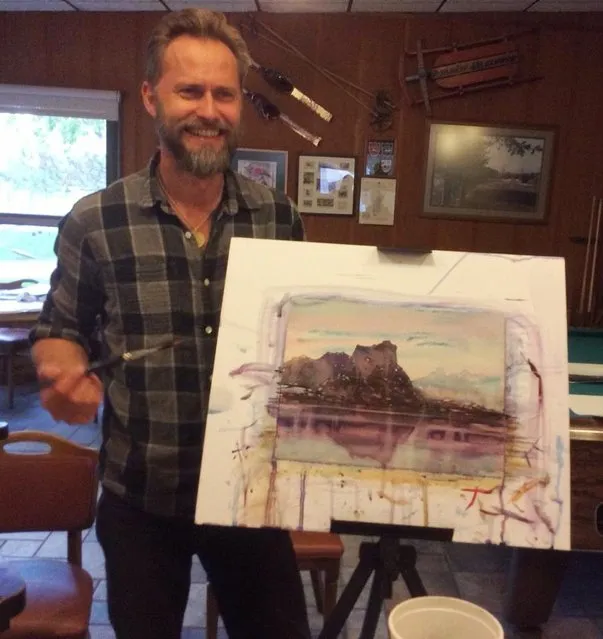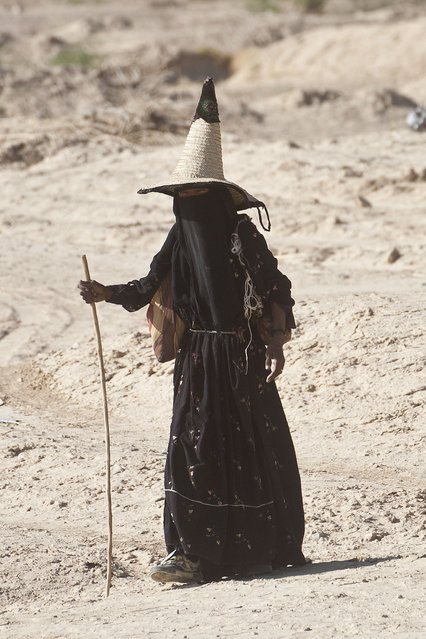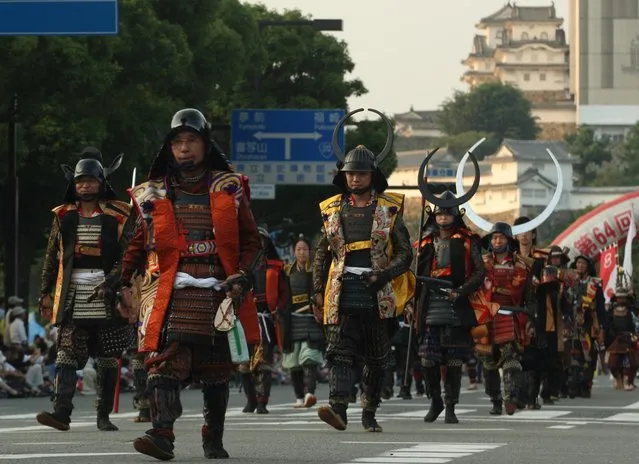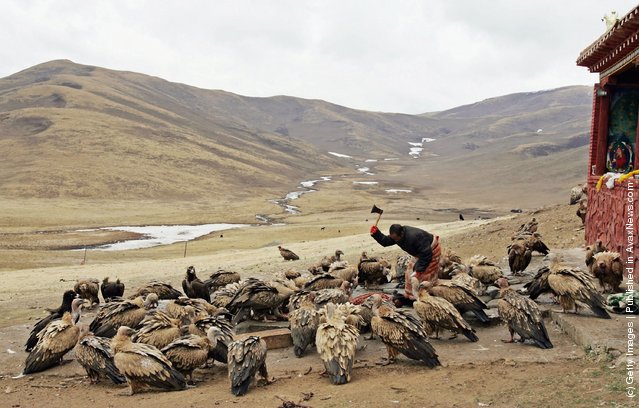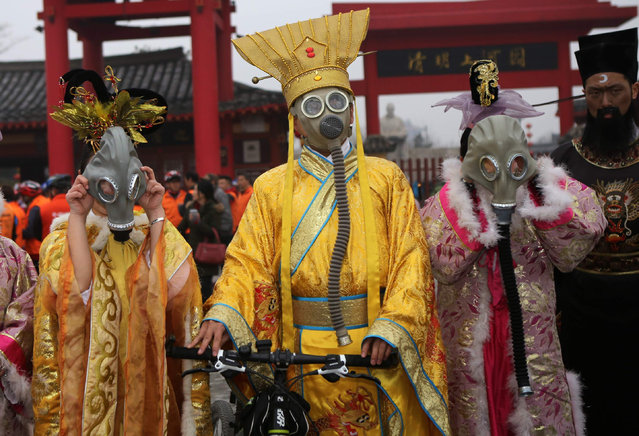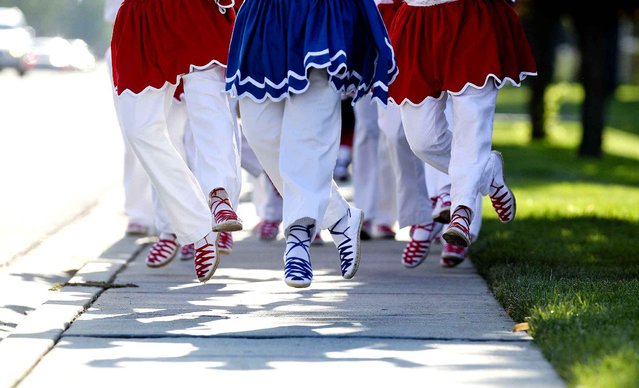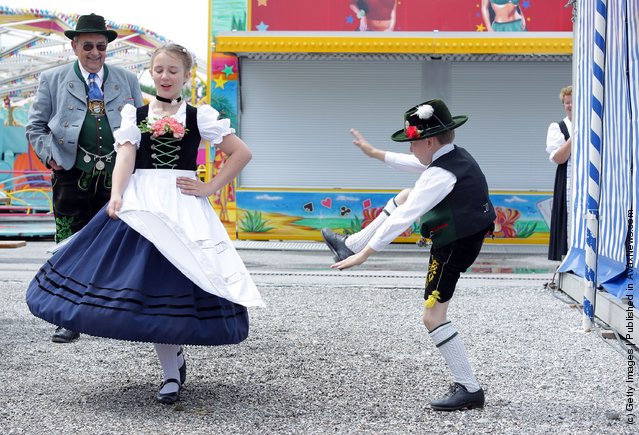
Children, wearing traditional Bavarian folk costumes specific to their region, prepare for the competition in the “Schuhplattler” style of Bavarian folk dancing for the Bavarian Lion Award at the Huosigau Heimat and Folklore Society on May 28, 2011 in Weilheim, Germany. (Photo by Johannes Simon/Getty Images)
29 May 2011 10:14:00,post received
0 comments


